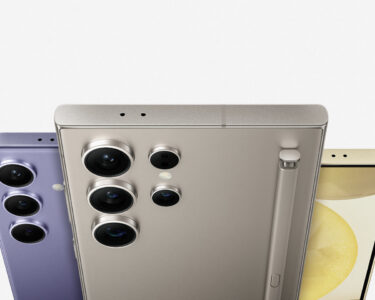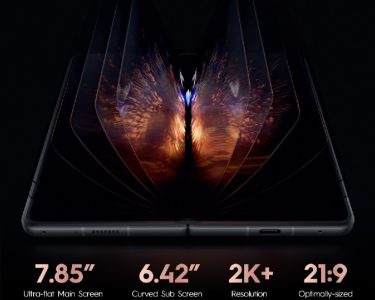The Pixel 4 was the latest device to follow the ever increasing trend of phones featuring with displays that are capable of higher refresh rates. Such a feature has the capabilities to enable faster frame-rates on supported games, while it also has the ability to allow for smoother scrolling in system menus amongst other apps.
Now though, it has been revealed that the Pixel 4’s refresh rate is increased to that of 90Hz only when the brightness of the display hits 75 percent – or higher. When the brightness is below that of 75 percent, then the device follows with the more conventional refresh rate of 60Hz.
Must Read: The Mate X finally launches in China
This comes as quite an interesting discovery – and it may be the cause of the reduced battery life which has been reported by many since the device was released. Of course the Pixel 4 already comes with a smaller battery when compared with its predecessor. And then of course, comes in the factor of more battery consumed when high screen brightness is enabled. Couple the higher brightness with a higher refresh rate and it isn’t very surprising that a shorter battery life is the case.
So why exactly has Google gone down this route? Well, it is quite possible that Google integrated such a feature within the phone only to save power, however, the relationship that consists between the brightness of the device and the refresh rate could have serious implications for the company. For example, someone sitting inside when the screen brightness is low might want a higher refresh rate regardless of the brightness. Much to the credit of Google though is the fact that you can indeed force either one of the refresh rates by going into the Pixel 4’s developer options. And so if it is your desire to have a 60Hz refresh rate with a bright screen – then it is quite possible!




